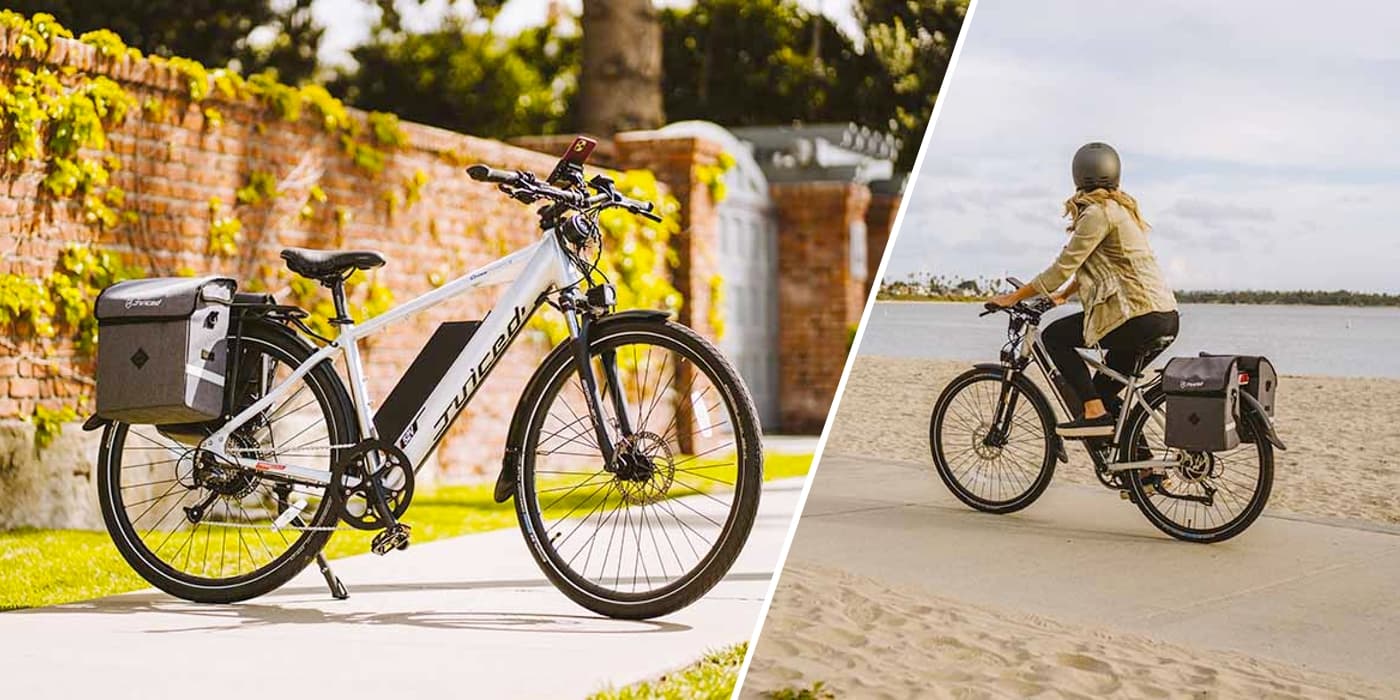
In recent years there has been a growing interest in autonomous vehicles. Big tech and car companies are pouring tons of cash into making the dream of self-driving cars a reality. It may sound like we’re finally close to achieving the future we’ve been sold on from countless sci-fi movies, but perhaps we’re missing the mark here. Maybe what we really need is not another fancier car on the road, but more folks on two wheels instead – I’m talking of course about bicycles and electric bikes.
It’s not that driverless cars aren’t without benefits. The idea sounds good in theory, taking human error out of the equation and replacing it with a presumably infallible computer. The problem is that even ignoring the major safety risks of testing out this unproven technology on public streets around unconsenting individuals, you’re still left with an increase in the numbers of cars on the road leading to the same problems cars cause today.

Saying hello to bikes and goodbye to traffic jams
One of the most immediate benefits of increasing the number of cyclists on the road is the significant reduction in traffic congestion.
Bikes take up far less space than cars, and even a modest shift from car commuting to biking can result in a noticeable decrease in traffic jams, leading to smoother and faster travel for everyone.
In contrast, driverless cars, while likely one day capable of optimizing routes and reducing human error, still occupy the same amount of physical space on the road, doing little to alleviate congestion. Their goal is to solve some problems, which they may eventually be able to do successfully. But in doing so, flooding the streets with driverless Ubers will simply create more problems. Just in the way Uber itself was meant to solve many of the problems in the transportation industry, nearly a decade later is has left us with merely more traffic than ever before by incentivizing the filling of roads with an ever increasing number of vehicles.

Your heart (and waistline) will thank you
Promoting cycling not only contributes to cleaner air by reducing vehicle emissions but also encourages an active lifestyle.
Regular cycling has been proven to improve cardiovascular health, reduce stress, and enhance overall well-being. Electric bikes, with their pedal-assist functionality, make cycling more accessible to people of all ages and fitness levels, ensuring that the health benefits of biking can be enjoyed by a broader demographic. On the other hand, the convenience of driverless cars leads to an even more sedentary lifestyle, exacerbating current public health issues related to physical inactivity.
Not everyone can ride an e-bike and not every trip is e-bikable. Far be it for me to call electric bikes a global solution for every transportation need. But the types of trips being performed by driverless cars now are often short city hops and thus are the prime example of an e-bikeable trip.
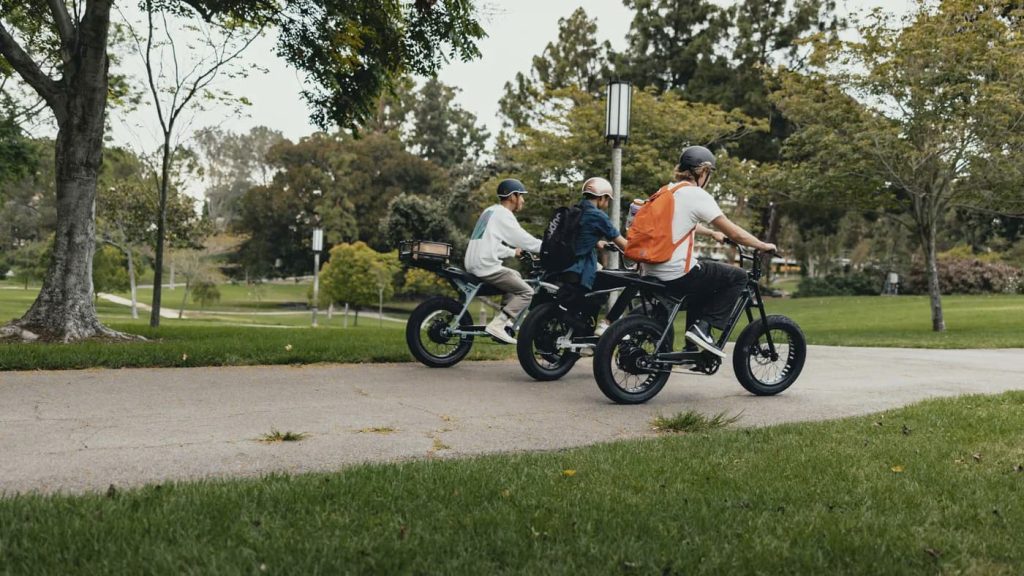
Stronger, friendlier, and more socially connected communities
When you’re behind glass in a private car, you’re disconnected from the world. But cycling promotes social interaction and a sense of community.
Unlike the isolating nature of cars, cyclists are more likely to engage with their surroundings and with other people. Creating bike-friendly cities encourages a vibrant street life and fosters a sense of belonging and connection among residents.
Not every trip is a chance to stop and chat, but riders tend to be happier, more engaged people because of it. A friendly wave or a chance to say hello on the way to work can be a small mood-booster that does wonders for mental health. As social creatures, isolation is rarely helpful for our minds and bodies.
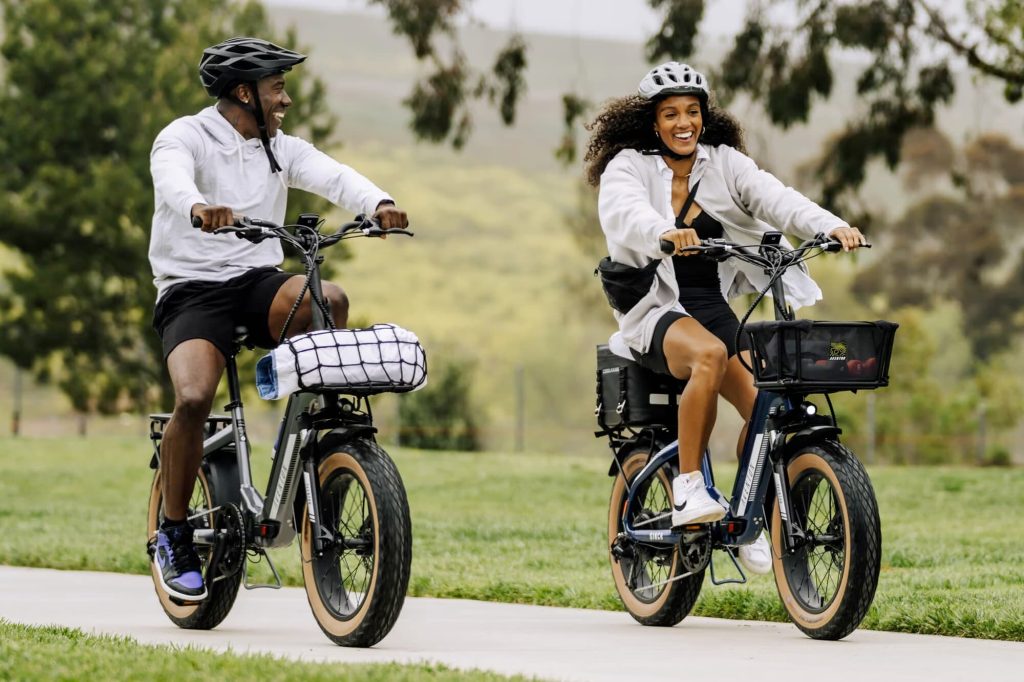
Supporting sustainable urban development
As urban areas continue to grow, sustainable development becomes increasingly crucial. Prioritizing cycling infrastructure, such as protected bike lanes and secure bike parking, promotes a more efficient use of space and resources.
It encourages compact, mixed-use development that is accessible by bike, reducing the need for extensive road networks and sprawling parking lots. This not only preserves green spaces but also creates more livable, human-centered urban environments. No one has ever said, “You know what this neighborhood needs? More asphalt!” A reduction in car dependency means more prioritization on designing cities for people. Two- and three-lane streets can become single lane streets with a bike lane and wider sidewalks or parklets that add more green space into urban areas.
It’s even economically better for businesses, as many areas that renovated streets to be more walkable and bikable have found that increased foot traffic means local businesses thrive.
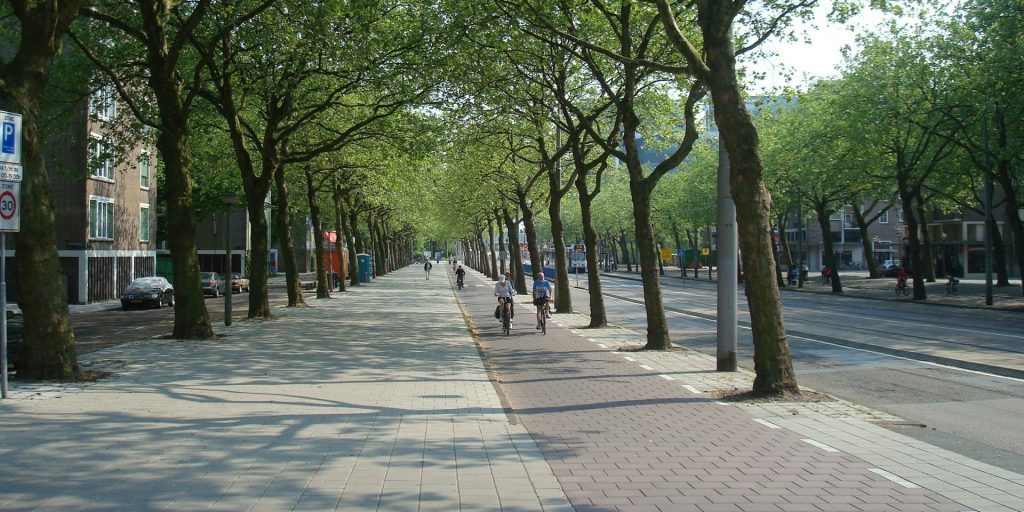
Addressing economic disparities
Top comment by Johnny Vector
I chose a location for my house within biking distance of work. But over the last 6 years Prince George's County has slowly made the roads between home and work worse and worse for cyclists, changing a nice shoulder into a right turn only lane, then removing the right turn only signs, Bostonifying traffic lights. And the back roads are worse, with no shoulder at all. Fortunately I work from home 4 days a week now, but we're going backwards in cycling infrastructure.
Bicycles and electric bikes are more economically accessible than cars, driverless or otherwise. And the growing list of e-bike purchase incentives, especially for low-income folks, is making them more affordable than ever.
Investing in bike infrastructure and subsidies for e-bikes can help bridge transportation gaps in low-income communities, providing affordable and reliable mobility options. It’s even better for local city governments and municipalities, reducing the economic costs associated with road maintenance and congestion-related productivity losses.
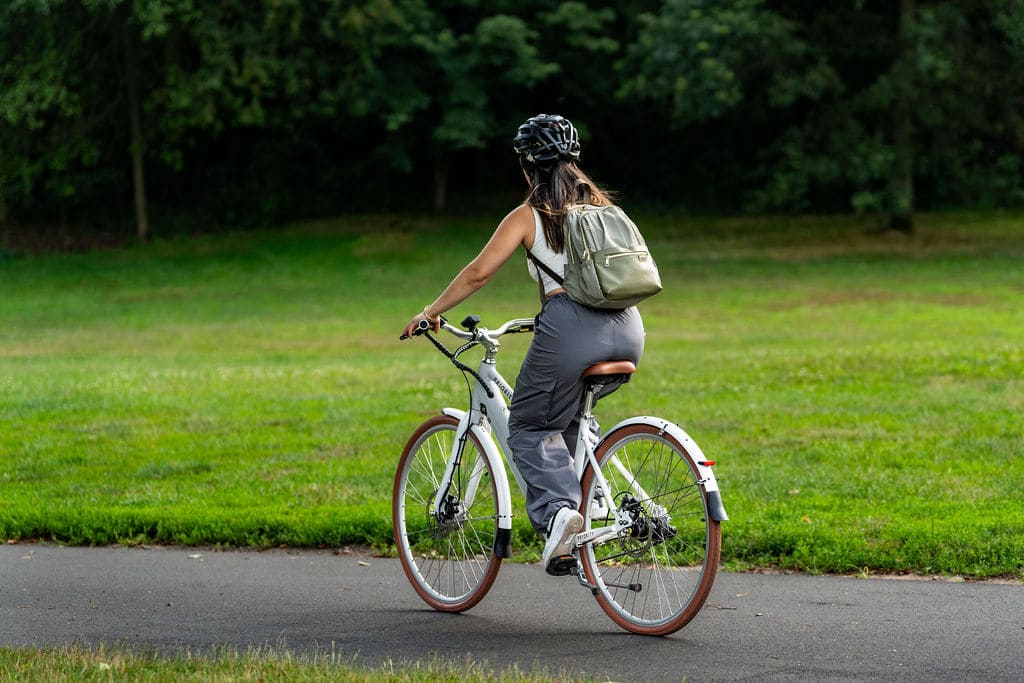
Summing it up
While driverless cars hold the promise of a high-tech, automated future, they are not a panacea for the many challenges facing our transportation systems. Driverless cars are cool, don’t get me wrong. The technology is impressive and undoubtedly holds promise in certain situations that can’t be handled by a bike. But they are primarily being used in areas where bikes could perform the same job in a cheaper, more efficient, and arguably safer way.
Driverless cars are not the magic fix for our traffic woes and our health problems. Bikes and e-bikes offer a down-to-earth, connect-with-your-neighbors, get-your-endorphins-flowing kind of solution that driverless cars just can’t match. So how about we give our cities, our health, and our wallets a break and give biking the spotlight it deserves?
FTC: We use income earning auto affiliate links. More.





Comments